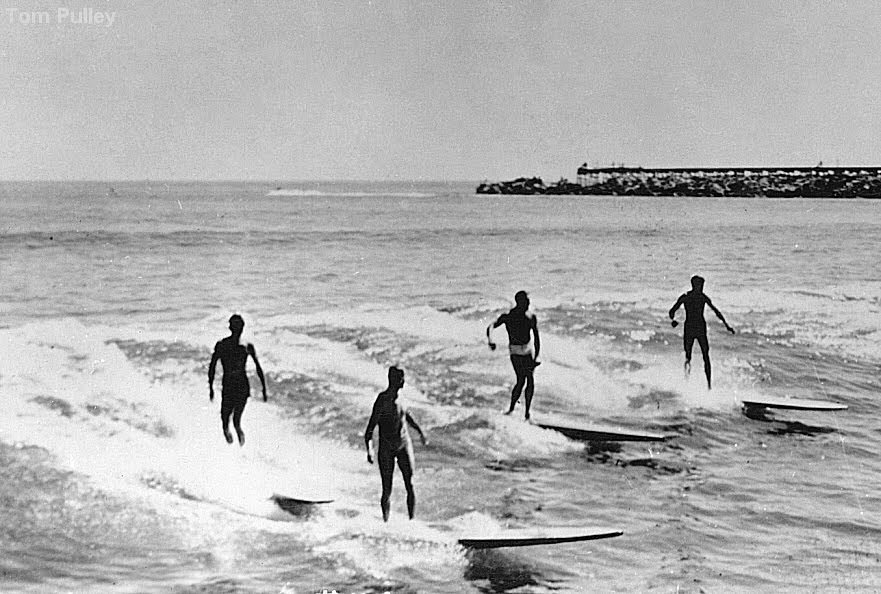History of Surfing
The riding of waves has likely existed since humans began swimming in the ocean. In this sense, bodysurfing is the oldest type of wave-catching. Standing up on what is now called a surfboard is a relatively recent innovation developed by the Polynesians. The influences for modern surfing can be directly traced to the surfers of pre-contact Hawaii. It was recently found that the ancient people from Peru used to ride the waves of Trujillo in their Caballitos de Totora.

It all dates back to 1767 when surfing was first observed in Tahiti by Samuel Wallis who was accompanied by the crew members of the Dolphin, they were the first Europeans to visit the island. Surfing was a great part of the Polynesian culture. Initially surfing was not a sport; rather it was used by fishermen to bring fish to the shore.
The first recording was however done in Hawaii in the year 1779 on April 10. James Cook is the man accredited for this great discovery. Cook made his visit in the year 1778 with HMS Discovery and Resolution which were two of his ships. He was interested in finding a passage from the North Pacific to the Atlantic. This led him to Hawaii where he unfortunately met his death after getting caught in the act of trying to kidnap the high chief in a bid to restore his stolen boats.
As a result, Lieutenant James King was tasked to complete James Cook's work, journals that were the first European records on surfing. But by then, surfing was already a major part of the Hawaiian culture. The natives rode the waves on oval shaped boards that were made of wood and were almost equivalent to their height. This could be done sitting, standing or lying flat on the board while moving their arms to guide the board.
Wave sliding was revered among the Hawaiian culture as it was practiced by kings and queens as well as by the locals of Sandwich Isles. This was in the fifteenth century. However, wave surfing ceased in 1900 as the number of locals who surfed greatly decreased. By this time, only a handful of people could surf. Despite the fact that it was thought only Hawaiians could surf, some Honolulu locals caught on and immensely enjoyed the sport and surfing was reborn, this time to stay for good.
Wave surfing underwent a complete revolution in the 1930's. Surfboards of all sizes shapes, colours, weights and materials emerged. Its growth continued to grow exponentially. By 1950, the golden age of wave surfing, this sport was no longer a simple pass time; it was now a whole new million dollar empire!
Today, surfing is not only enjoyed by human kind of all ages and sizes but also by man's best friend, the dog, that's right and the technology behind the sport nowadays is amazing. Board designs and riding techniques continue to evolve on a daily basis and the greatest thing is that you do not have to go to Hawaii for you to surf; this sport is accessible to nearly everyone on the planet.

